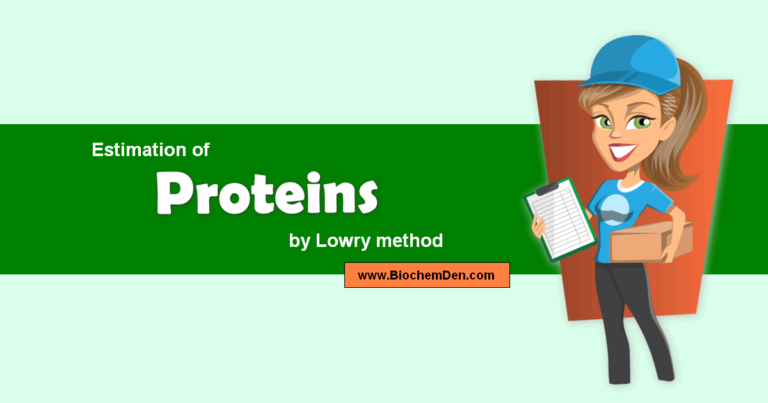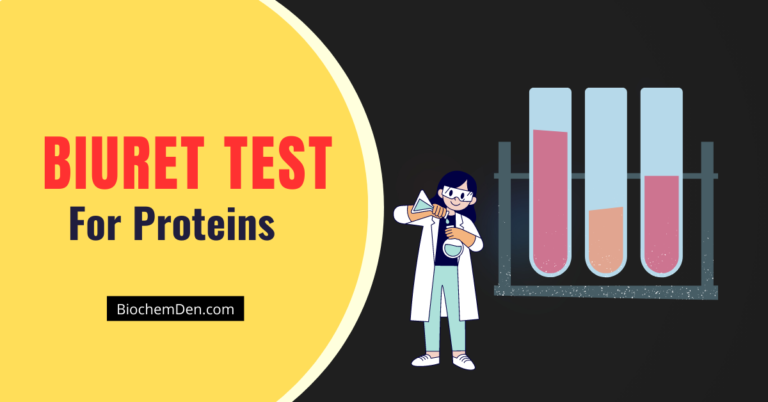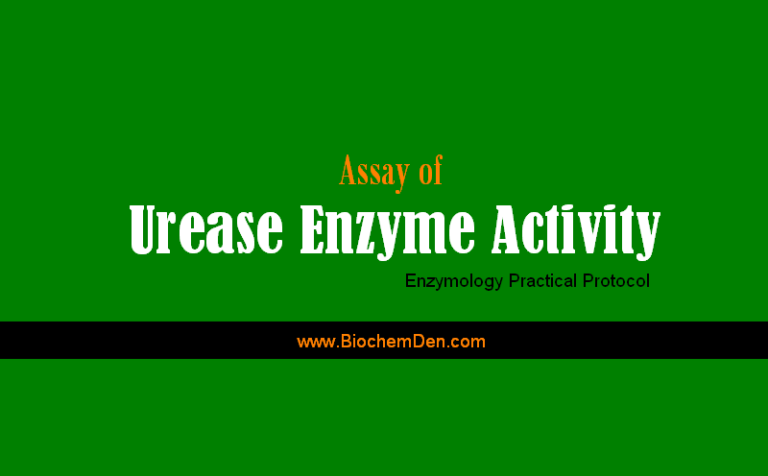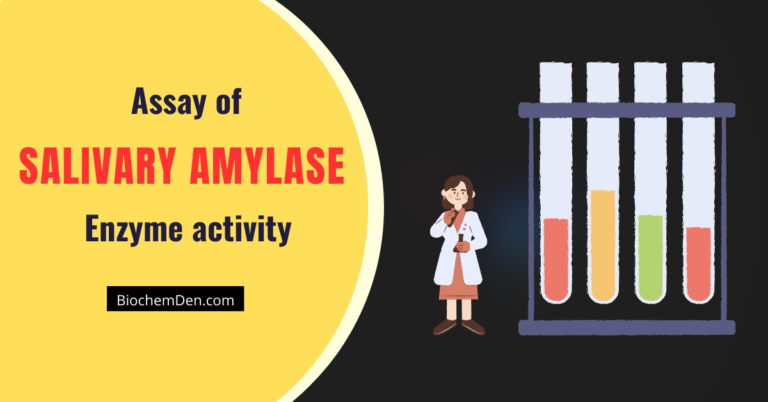Are you looking for the procedure for estimation of carbohydrates by the Anthrone method? Here is the complete procedure to start with:
Carbohydrates are a significant component of storage and structural materials in plants. Carbohydrates are stored as free sugars and polysaccharides, and the basic units of carbohydrates are monosaccharides.

When hydrolyzing the carbohydrates, they give monosaccharides, which cannot be split into simpler sugars when hydrolyzing monosaccharides. The resultant monosaccharides estimate the hydrolyzed product of polysaccharides.
Let us see the anthrone reagent test for carbohydrates method.
Principle
Carbohydrates are dehydrated with concentrated H2SO4 to form “furfural,” which condenses with anthrone to form a green colour complex that can be measured colorimetrically at 620 nm (or by using a red filter). Anthrone reacts with dextrins, monosaccharides, disaccharides, polysaccharides, starches, gums, and glycosides. But the sources of colour are carbohydrates.
The Anthrone reagent detects carbohydrates (polysaccharides and oligosaccharides) in proteins and lipids. Saccharide units present in proteins, glycopeptides, or glycolipids serve as reactants under the condition. Aqueous acidified anthrone reagent hydrolyzes saccharides into monosaccharides and catalyses the condensation of a hydroxyl group (-OH) with naphthol liberated by hydrolysis to form a naphthononolactone derivative.
After washing, the colourless fluorescence is intensified by decolorization with sulphuric acid, followed by the Anthrone test substrate. Carbohydrates are dehydrated by conc. H2SO4 to form furfural.
The active form of the reagent is anthranol, the enol tautomer of anthrone, which reacts by condensing with the carbohydrate furfural derivative to give a green colour in dilute solutions and a blue colour in concentrated solutions, which is determined colorimetrically. The blue-green solution shows an absorption maximum of 620 nm.
(i) Hydrolysis to monosaccharides
Disaccharide → Monosaccharide
(ii) Dehydration—product is a furfural
Monosaccharide → Furfural
(iii) Reaction of furfural with Anthrone
Furfural + Anthrone reagent → Blue-green complex.
Reagents
- Anthrone reagent: Dissolve 200mg of anthrone reagent in 100ml of concentrated H2SO4.
- Standard Glucose solution:
- a) Stock standard: Weigh 100mg of glucose and transfer it carefully into 100ml of distilled water. (100 mg of glucose in 100 ml of distilled water).
- b) Working standard: Dilute 10ml of stock standard solution in 100ml with distilled water in a volumetric flask.
Procedure
To estimate the concentration of carbohydrates, follow the below steps:
- Take 0.2 to 1 ml of working standard solution from five different test tubes.
- Add distilled water to each test tube to increase the volume to 1 ml.
- Add 4 ml of Anthrone reagent to each test tube.
- Mix the contents of each test tube well.
- Cover each test tube with a bath for 10 minutes.
- Cool each test tube to room temperature.
- Measure the optical density of each solution at 620 nm (or) using a red filter in a photoelectric colorimeter.
Simultaneously, prepare a blank with 1 ml of distilled water and 4 ml of Anthrone reagent.
Construct a calibration curve by plotting the glucose concentration (10 to 100 mg) on the X-axis and the absorbance at 620 nm on the y-axis on graph paper.
Calculate the concentration of the sugar in the sample from the calibration curve.
While calculating the sugar concentration in the unknown sample, the dilution factor has to be considered.
Calculations
- Prepare a standard curve by plotting the absorbance values of the standard glucose solutions (y-axis) against the concentration of glucose (x-axis).
- Calculate the concentration of the unknown carbohydrate sample using the standard curve equation:
- Concentration of unknown = (Absorbance of unknown – y-intercept)/slope
Note: The y-intercept and slope values can be obtained from the standard curve equation.
Results
The concentration of the unknown carbohydrate sample can be calculated from the standard curve equation. The result should be expressed in mg/mL or µg/mL, depending on the initial sample volume and dilution factor.
Report
The amount of glucose present in the given sample is _______ mg/ml.
Frequently Asked Questions (FAQs)
What is the importance of the Anthrone reagent?
The Anthrone Reagent is a very important chemical in identifying drugs. This reagent allows a chemist to determine if a compound possesses features that indicate it is an amphetamine. It is used for tablet identification and to find out if any substances are controlled substances.
What is the principle of the anthrone method?
The anthrone test is a chemical test to find out the presence of indigo in natural dye formulations. Indigo is a blue-black dye often used to color jeans and other clothes. A common way to produce indigo is by fermentation of the plant Indigofera tinctoria. The anthrone test can also confirm if the dye in question was synthetic or natural, as artificial.
What is the anthrone test used for?
Anthrone is used to test the stability of dyes and to study the oxidative reactions of dyes.
Which substance is estimated by the anthrone method?
The anthrone method is a qualitative chemical test that identifies a substance as a carbohydrate and indicates the approximate proportion in which it is present. Traditionally, the anthrone method is used to measure the amount of zinc in an ore or metal.
What does anthrone reagent do?
Anthrone is a chemical that reacts with amino acids to produce a bright red color, and it is commonly used in the identification of proteins.
Few Other Protocols:
- Estimation of Proteins by Lowry method
- Colorimetric Analysis: BRADFORD PROTEIN ASSAY
- Color reactions of Amino acids
- Qualitative Analysis: Color Reactions of Lipids
- Qualitative Analysis of Carbohydrates
Final words
The Anthrone method is a simple and reliable method for estimating carbohydrates. The blue-green color complex formed between carbohydrates and the Anthrone reagent can be measured spectrophotometrically, and the concentration of the sample can be calculated from the standard curve.
This protocol provides a standardized procedure for estimating carbohydrates by the Anthrone method.
We hope you enjoyed our article about making a colorimetric determination of carbohydrates by using the anthrone assay method.
With this knowledge, we know that you can make a colorimetric determination of carbohydrates using furfural, anthrone, and concentrated sulfuric acid. Give feedback on this anthrone test for carbohydrates.
Discover more from Biochemistry Den
Subscribe to get the latest posts sent to your email.






